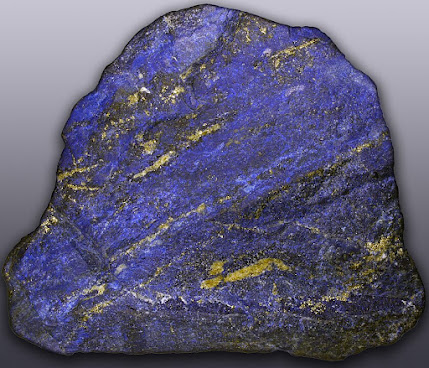The Weird history and Chemistry of Bone Black
Introduction
Introducing Bone Black, a historic pigment derived from the charring of animal bones, with a wide range of applications outside of just art.
This exploration delves into the origins, production methods, artistic uses, and industrial significance of Bone Black, shedding light on its diverse and enduring legacy.
Unveiling the Origins and Production Methods
Bone Black traces its origins to ancient civilizations like Egypt and Greece, where it was utilized for purposes ranging from artistic expression to medical treatment.
Traditional production methods involved the controlled charring of animal bones in specialized kilns at about 1292 °F (700 °C) with low oxygen, resulting in a fine black powder known as Bone Black. Also, it was common for ivory to be burned and turned into a version of bone black called ivory black. This practice has been banned due to the hunting of endangered animals for their ivory.
Advancements in Bone Black production have led to modern industrial-scale processes, ensuring its availability for various applications across different sectors. Usually, the bones of butchered animals is used to make bone char for pigment or other uses.
Chemical Composition and Properties
Bone Black consists primarily of carbon, calcium carbonate CaCO3, and calcium phosphate Ca3(PO4)2 giving it unique properties ideal for use as a pigment, such as fine particle size and the carbon-carbon bonds made it very lightfast and long lasting. It does not react with other pigments.
Its excellent light-absorbing qualities make Bone Black well-suited for creating deep shadows, rich blacks, and subtle tonal variations in artistic compositions. While bone black is not toxic, it can still be dangerous. Not all bones are used in the production of the pigment. Notably, the skull and spine are excluded due top the risk of spreading variant Creutzfeldt–Jakob disease also known as the human version of mad cow disease.
These properties also contribute to Bone Black's versatility in industrial applications, where it is valued for its role in manufacturing processes requiring a high-quality black pigment.
Artistic Applications and Techniques
Bone Black has played a significant role in art history, being used as a pigment in painting, drawing, and printmaking, particularly during the Renaissance and Baroque periods. It has been used since ancient times by the Egyptians, Greeks, and Romans all the way until now.
Artists employ various techniques to incorporate bone black into their artworks, as it can be used in a number of mediums. As mentioned before, it has excellent lightfastness and is considered a permanent color. It is very stable, (usually) not toxic, and versatile, making it very popular.
Iconic artworks by renowned artists such as Manet's Music in the Tuileries showcase the timeless appeal and expressive potential of bone black in the realm of visual arts. The dark black coats and hats are primarily painted with bone black.
Cultural Significance and Symbolism
Across different civilizations and artistic traditions, bone black has held symbolic meanings related to themes of mortality, darkness, and transformation.
Its use in religious and ceremonial contexts underscores its spiritual significance, where it is employed to evoke profound existential and metaphysical themes.
In contemporary art and culture, bone black continues to evoke deep emotional and philosophical responses, reflecting its enduring resonance and relevance.
Industrial and Agricultural Applications
Bone black finds widespread use in various industrial processes, including the manufacturing of oil, sugar, inks, and paints, where its properties contribute to product purity.
In agriculture, bone black serves as a valuable soil amendment and fertilizer, enriching soil fertility, improving structure, and promoting plant growth.
Its environmental benefits, such as carbon sequestration and pollutant absorption, make Bone Black a sustainable choice for art and industrial use.
Conservation and Ethical Considerations
Preserving artworks containing bone black presents almost no conservation challenges related to stability, lightfastness, and degradation over time. It only necessitates specialized conservation techniques and protocols when specific bones where used, as mentioned earlier.
Ethical considerations surrounding bone black include sustainable sourcing practices, animal welfare, and environmental impact, prompting a thoughtful approach to its production and usage.
Conclusion
Bone Black's multifaceted journey through art, industry, and culture highlights its enduring legacy and versatility as a pigment with rich historical and contemporary significance.
Reflecting on bone black's role in human history, creativity, and innovation underscores its enduring relevance.
Embracing responsible stewardship and continued exploration of bone black's potential ensures its timeless legacy continues to inspire and captivate future generations.
.jpg)


.jpg)


Comments
Post a Comment